Spoiler: Scheiße. Scheiße lief es!
Ich scheiß auch überall rein, wo ich nur kann.
TL;DR:
- Wachstumshormone falsch angewendet
- Erde, die alkalischer ist als jeder Rohrreiniger
- Nährstoffmängel, bedingt durch Ungleichgewicht der Erde
- Erste Hydroponik-Versuche
Part 1: Die Sämlinge - es ist Spargelsaison!
Angefangen hats beim Keimen.
Ich Vollhorst hab mir, vor lauter "Ich will so schnell Ergebnisse sehen wie ich nur kann"-Einstellung, meine neu angekommene Gibberelinsäure geschnappt und die Kokosquelltabs damit vollgetränkt.
Nun, was macht das Zeug? Es ist ein Wachstumshormon, das verursacht, dass damit vorbehandelte Samen schneller keimen und auch im Anfangsstadium schneller wachsen. Zudem erhöht es die Keimwahrscheinlichkeit auf fast 100%.
Laut manchen Studien ist es auch bei Hanf extrem nützlich und kann, korrekt angewendet, eine Wunderwaffe sein.
Was ich anfangs aber überlesen habe, ist die Tatsache, dass man sie damit nur maximal wenige Stunden beträufeln soll und das dann rückstandsfrei wegwaschen muss, weil sie sonst unfassbarst spargeln und so schnell in die Höhe schießen, dass sie verhungern.
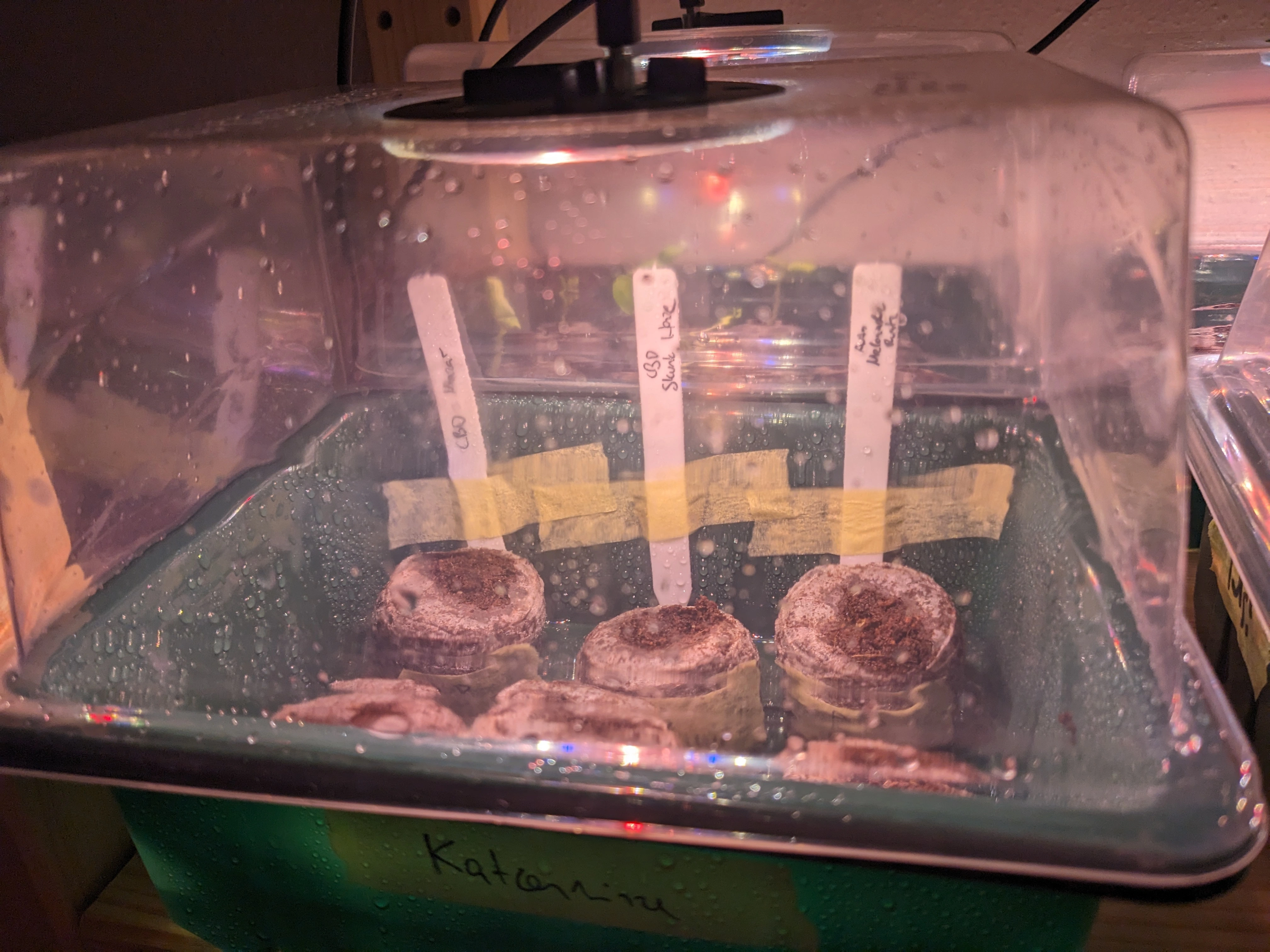
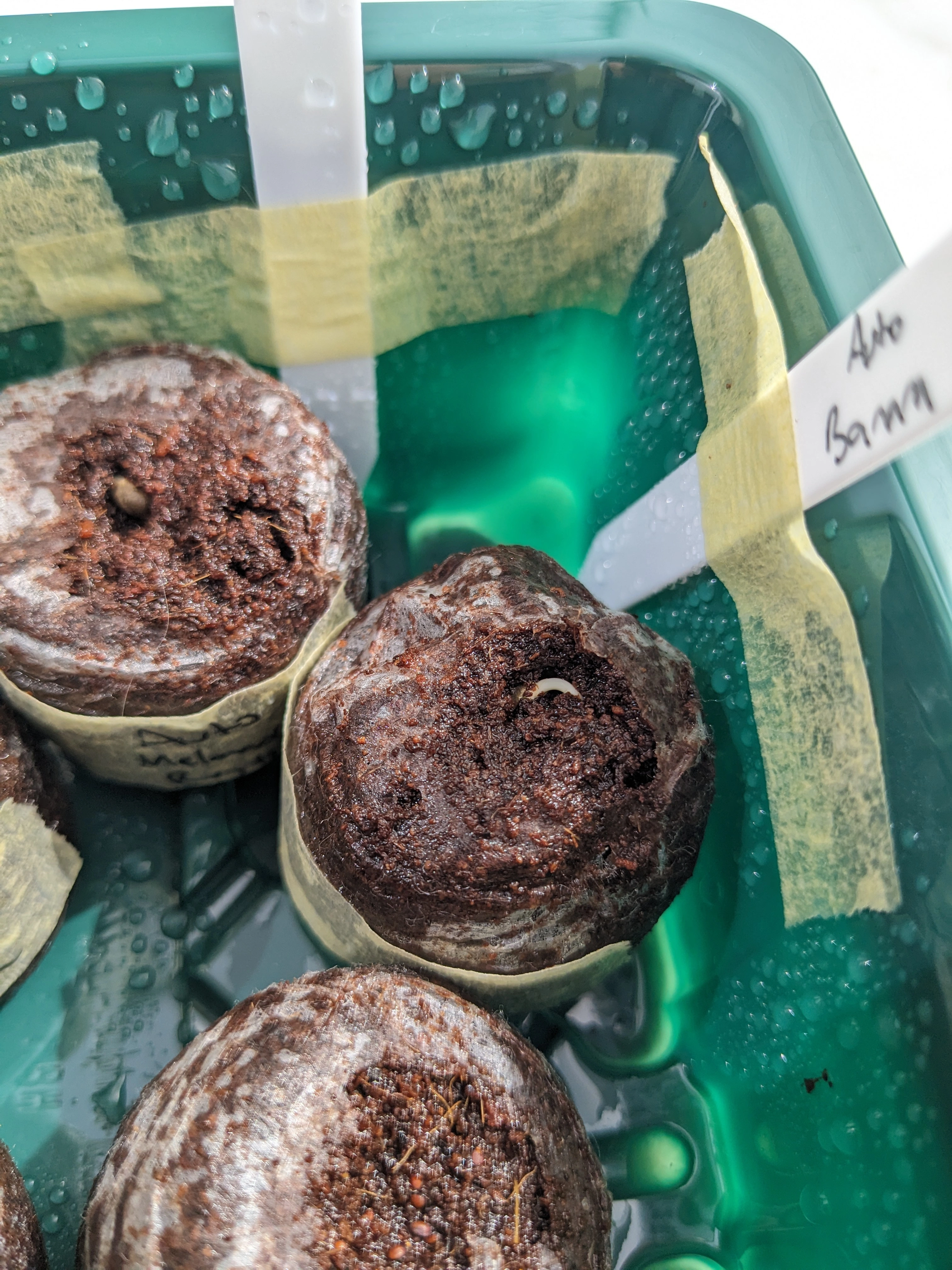


Genug Licht hatten sie auch.
Parallel, ein paar Wochen versetzt, hab ich einen Samen ohne Vorbehandlung angesetzt, und der sieht ganz ok aus.
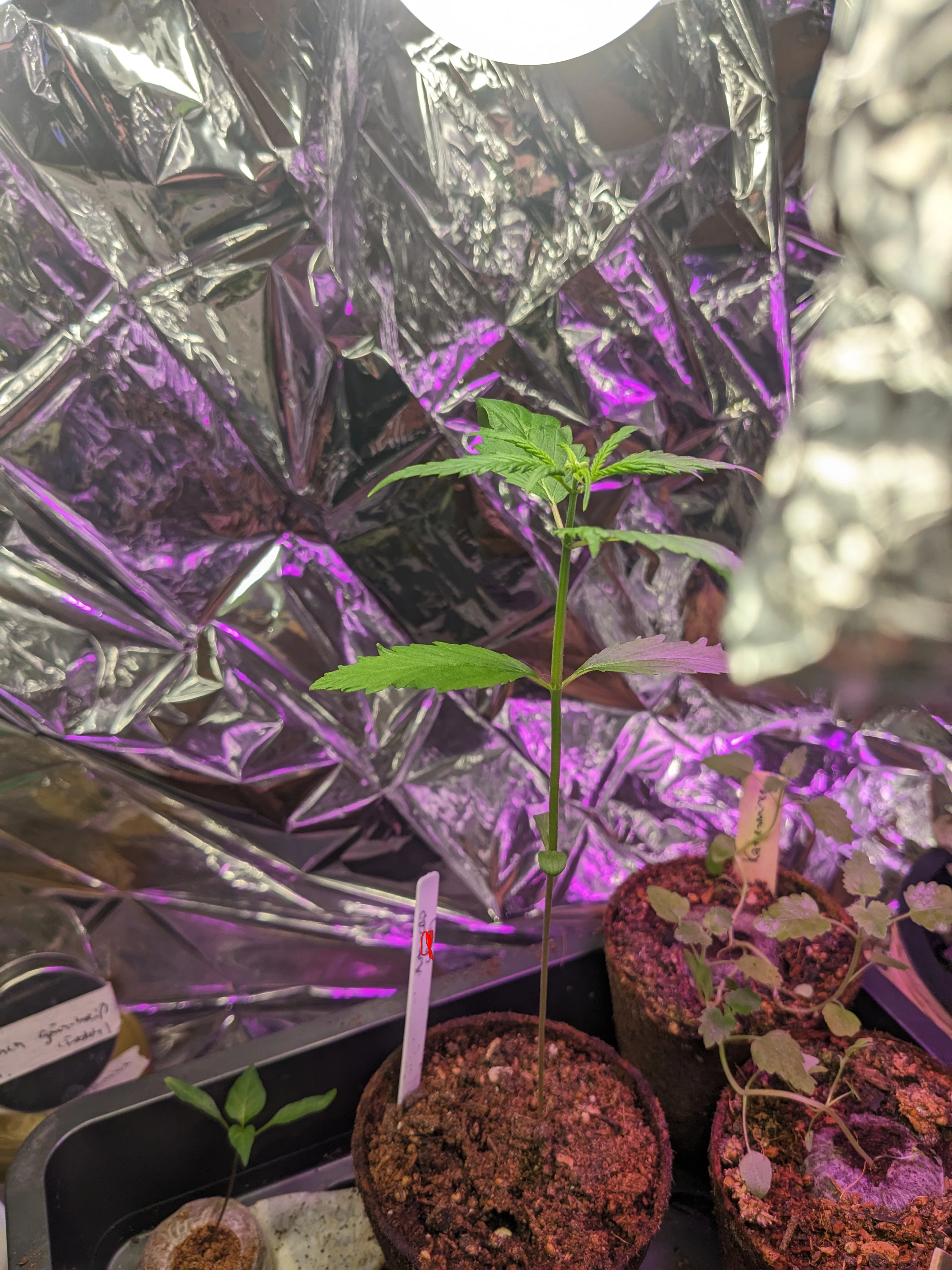
Part 2: Die Küken werden aus dem Nest geworfen
Nun, auf jeden Fall hab ich sie dann vor ein paar Wochen (Anfang Mai) herausgesetzt.
Die Temperaturen waren bisher vollkommen okay und sie haben die kälteren Nächte ebenfalls gut überstanden.
Nächste Hürde: die Erde.
Als Erde hab ich die Komposterde meiner Eltern verwendet. Wie letztes Jahr auch.
Beste Erde ever. Da werf ich immer meine aufgebrauchten Substratbeutel meiner Pilzzucht rein, heißt, viel Stickstoff, gute Wasserspeicherkapazität, viele Würmer und Mykorrhiza, und mehr.
Problem: meine Oma hat vor kurzem erst den Inhalt ihres Kachelofens des gesamten Winters genau an die Stelle gekippt, wo ich mir ein paar Tage später die Erde genommen habe.
Heißt: kiloweise Asche. So viel, dass die Erde teils grau war.
Was hat das bewirkt? Nun, die Pflanzen sahen scheiße aus. Schrumpelig und schlapp.
An den Nährstoffen kanns ja nicht liegen, die sollten bestens versorgt sein.
Ab zum Baumarkt, und Boden-pH-Meter gekauft.
Reingesteckt... und es war außerhalb der messbaren Range. Also pH >8!
Das Gießwasser, das unten rausgelaufen ist, hatte mit meinem "guten" pH-Meter einen pH von 10. Und das war nur das gelöste Zeug, nicht das, was die Erde selbst hat.
Die Regenwürmer, die da drin waren, hats einfach in Schleim aufgelöst.
Umtopfen konnte ich die Pflanzen auch nicht mehr, dafür waren sie zu groß und fragil. Wären sonst abgeknickt, und meine Autoflowers hätten den Wurzelschaden kaum verkraftet.
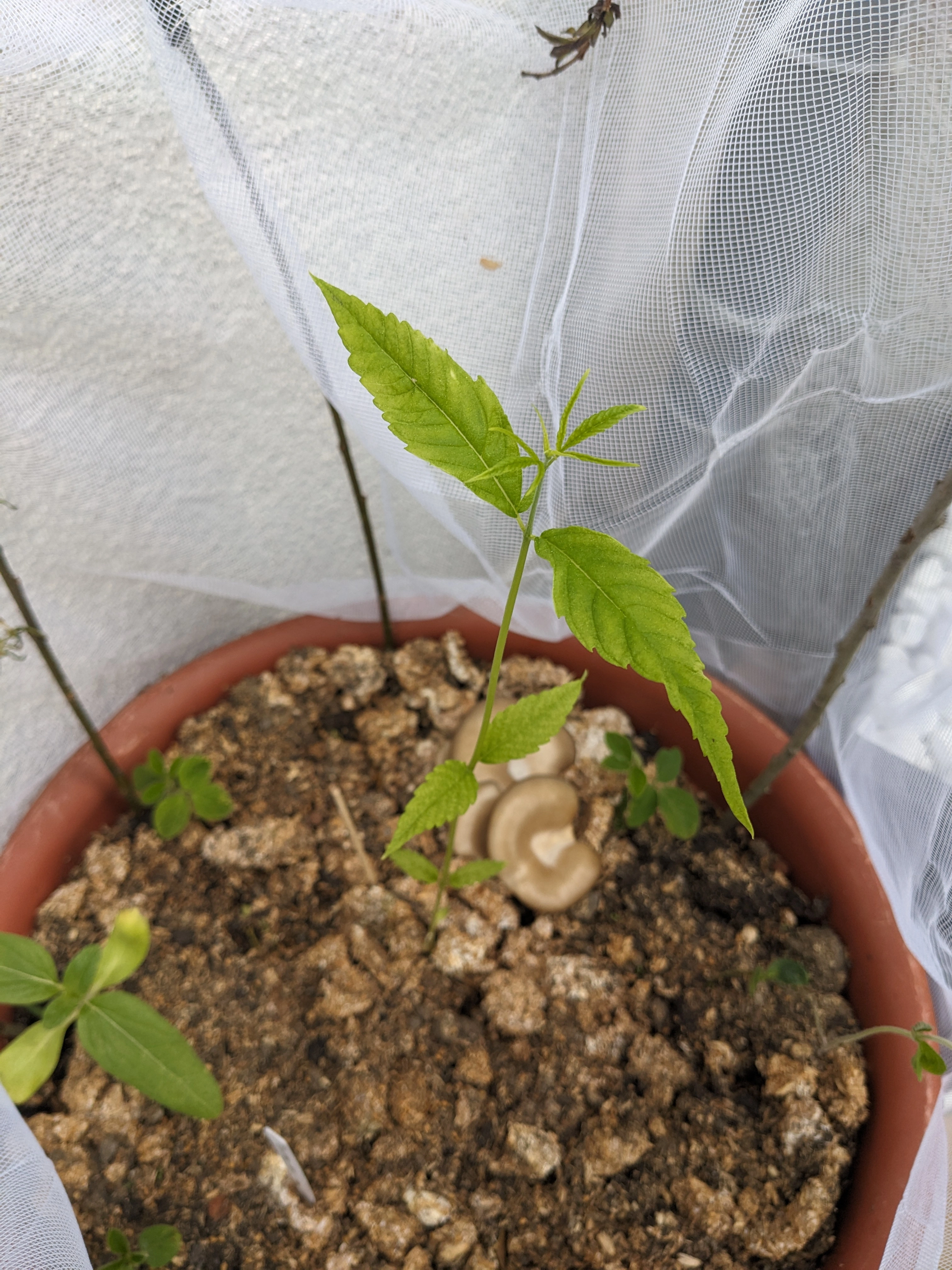
Was hab ich also gemacht? Mit einer Mischung aus Düngerwasser und fucking Schwefelsäure (später löffelweise Citronensäure) alles durchgespült, locker 20l täglich pro Topf.
Inzwischen ist der pH wieder halbwegs im neutralen Bereich, also 6-8. Und die Pflanzen sehen wieder gut aus (verhältnismäßig).
Hier ist der halbwegs aktuelle Stand:

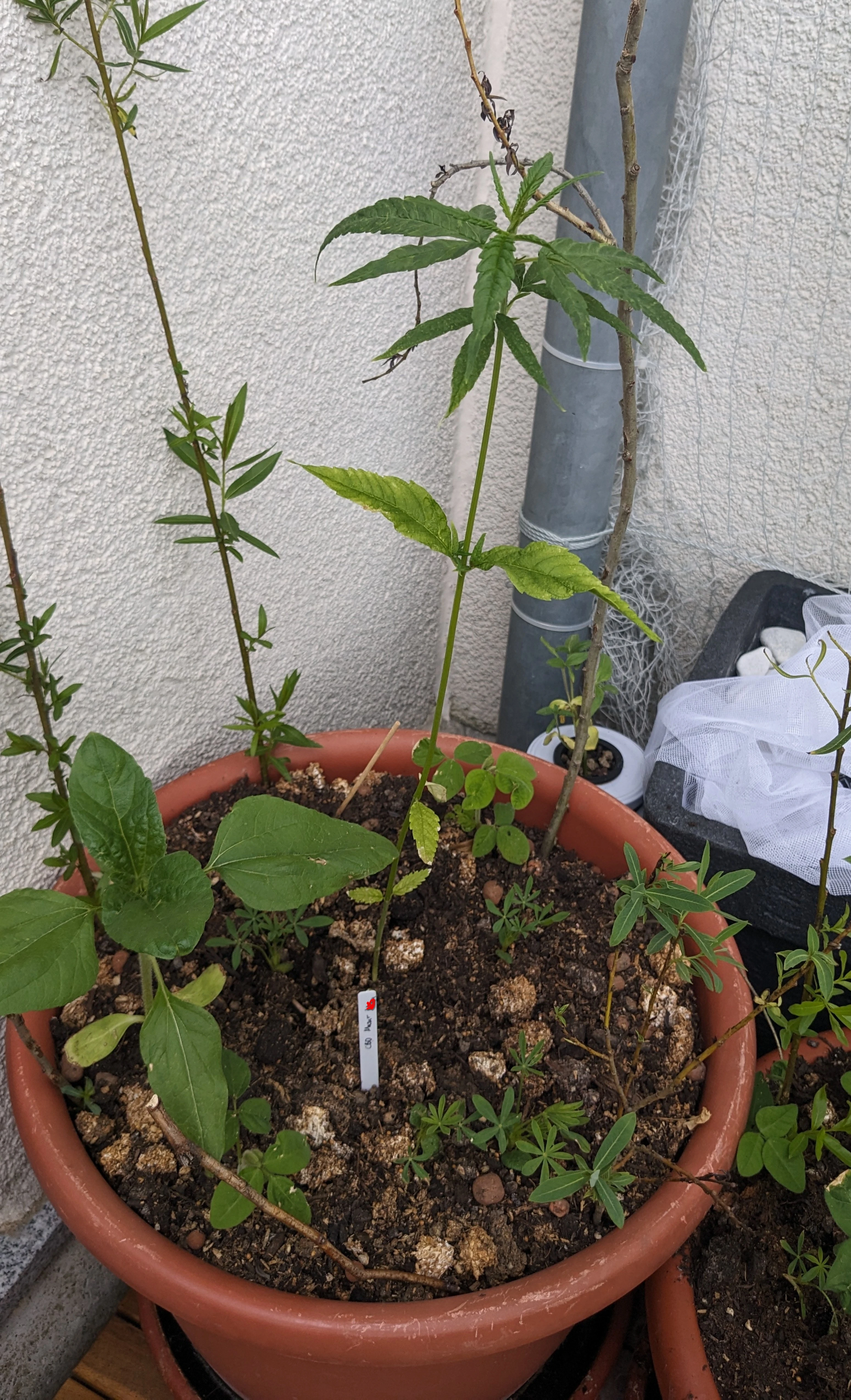


Als nächstes werde ich versuchen, den Kreislauf wieder zu schließen und ein gesundes Boden-Ökosystem aufzubauen, mit Regenwürmern, Bakterien, Pilzen, und co.
Gerade ist der pH noch nicht ganz stabil, und teilweise riecht die Erde auch noch etwas muffig, weil die Sauerstoffzirkulation noch nicht gegeben ist.
Ach ja, fast hätt ichs vergessen: Blattläuse hatte/ hab ich auch.
Momentan sind es nur hier und da ein paar, und ich krieg es mit Neem-Öl in den Griff, aber auf Dauer hab ich schon ein paar Fenchelpflanzen in den Boden gesetzt, damit diese bald Florfliegen anlocken und diese dann die Läuse fressen können.
Part 3: Die Mädels kommen in die Pubertät
Eine der Autos kommt schon in die Pubertät und kriegt (glaube ich, wenn ich das richtig deute) schon etwas Achselhaare, was nach 1 1/2 Monaten nicht verwunderlich ist.
Nunja, diese Generation sehe ich als "verkackt" an, ich glaube, mit all den 6 Pflanzen (3 ich, 3 meine Freundin) kommen wir gerade so an die 50 g zusammen, und das in Feuchtmasse :D
Aber mal sehen, ich will jetzt nicht gleich den Teufel an die Wand malen. Die Nicht-Autos (2 von 6) werden sich davon bestimmt erholen.
Part 4: Hydroponik
Wegen dieser Vollkatastrophe hab ich jetzt auch angefangen, einen Großteil meiner Pflanzen, nicht nur Weed, auf Hydroponik umzustellen.
Nicht nur hat man damit höhere Erträge/ gesündere Pflanzen, nein, man hat auch ein deutlich geringeres Risiko auf Schädlinge und kann die pH- und Nährstoffwerte sofort anpassen, ohne, dass man mit Säurewasser gießen muss.
Über Mykorrhiza, Stickstoffkreisläufe, Würmer und so einen Dreck muss ich mir dann da auch keine Sorgen machen.
Was es damit auf sich hat, und was so meine ersten Erfahrungen damit sind, poste ich dann mal wann anders.

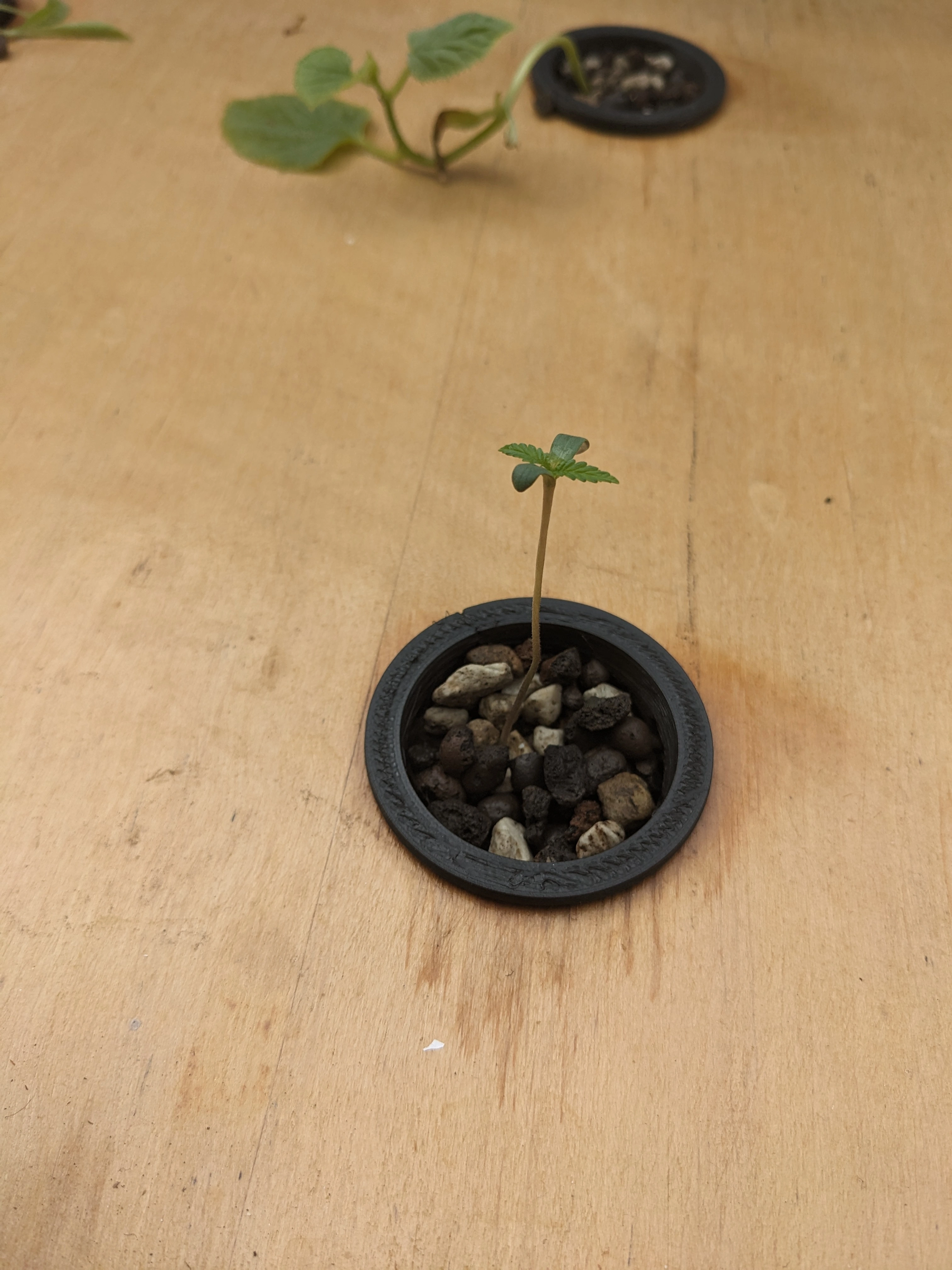










 Und so jetzt:
Und so jetzt:

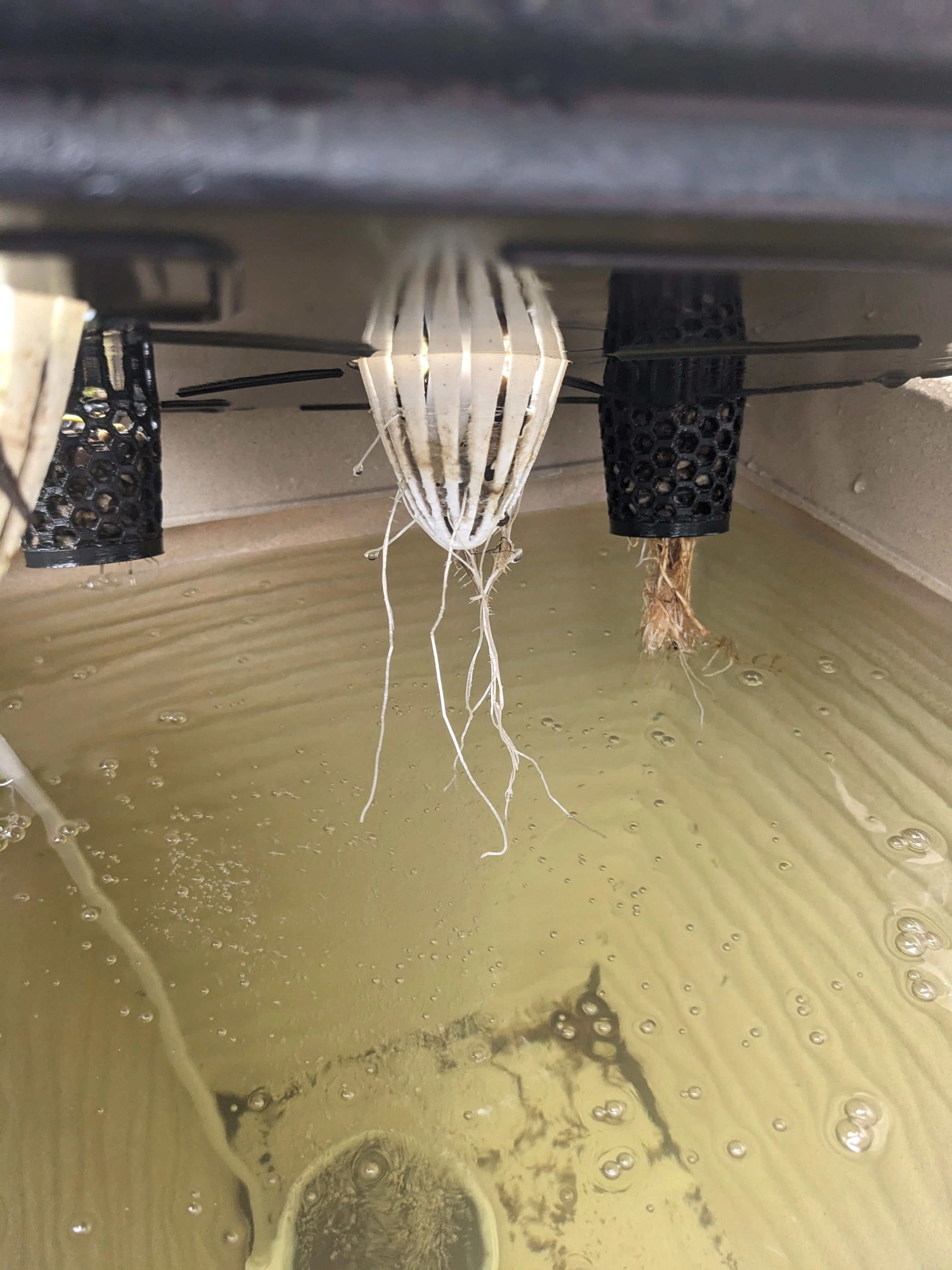








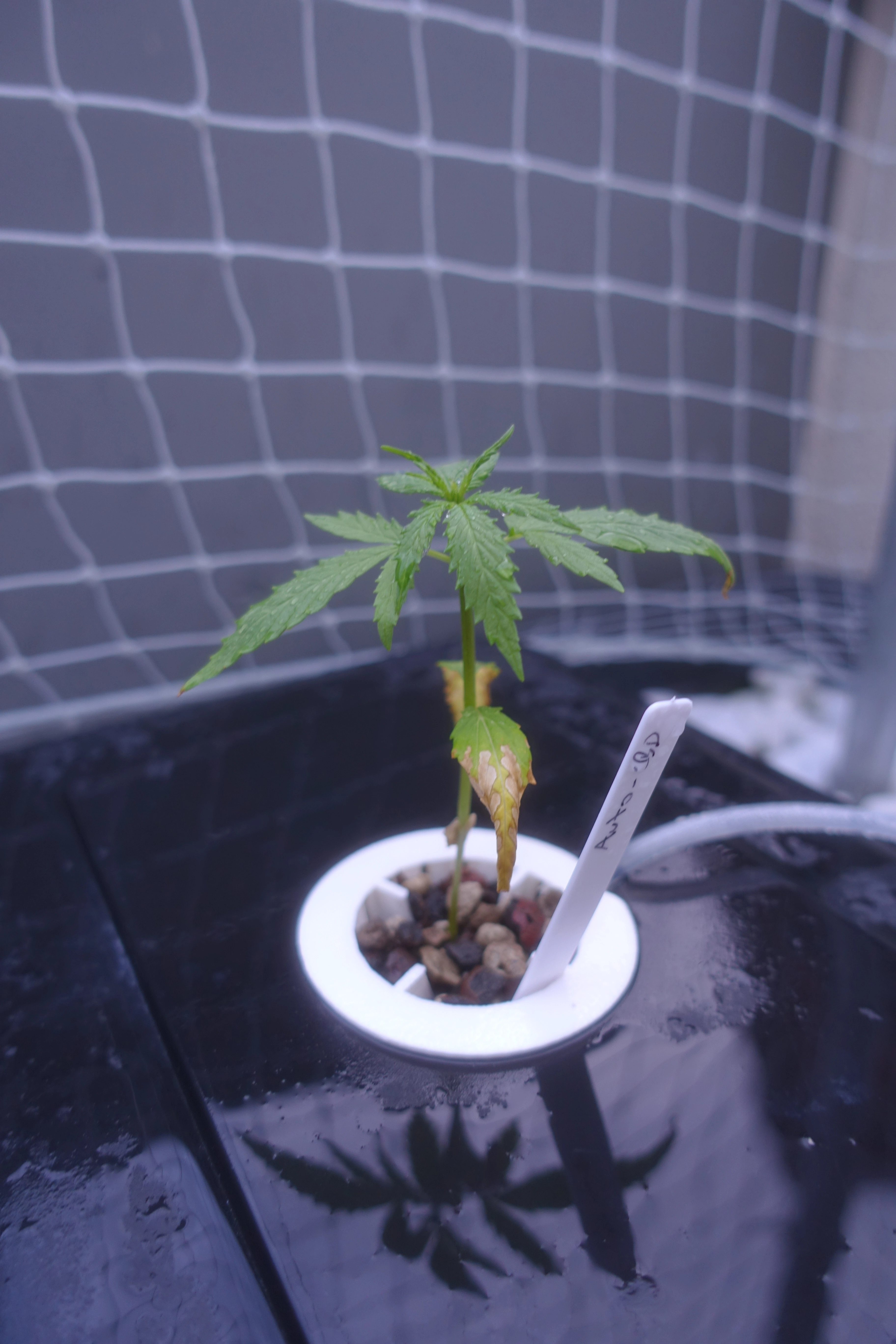
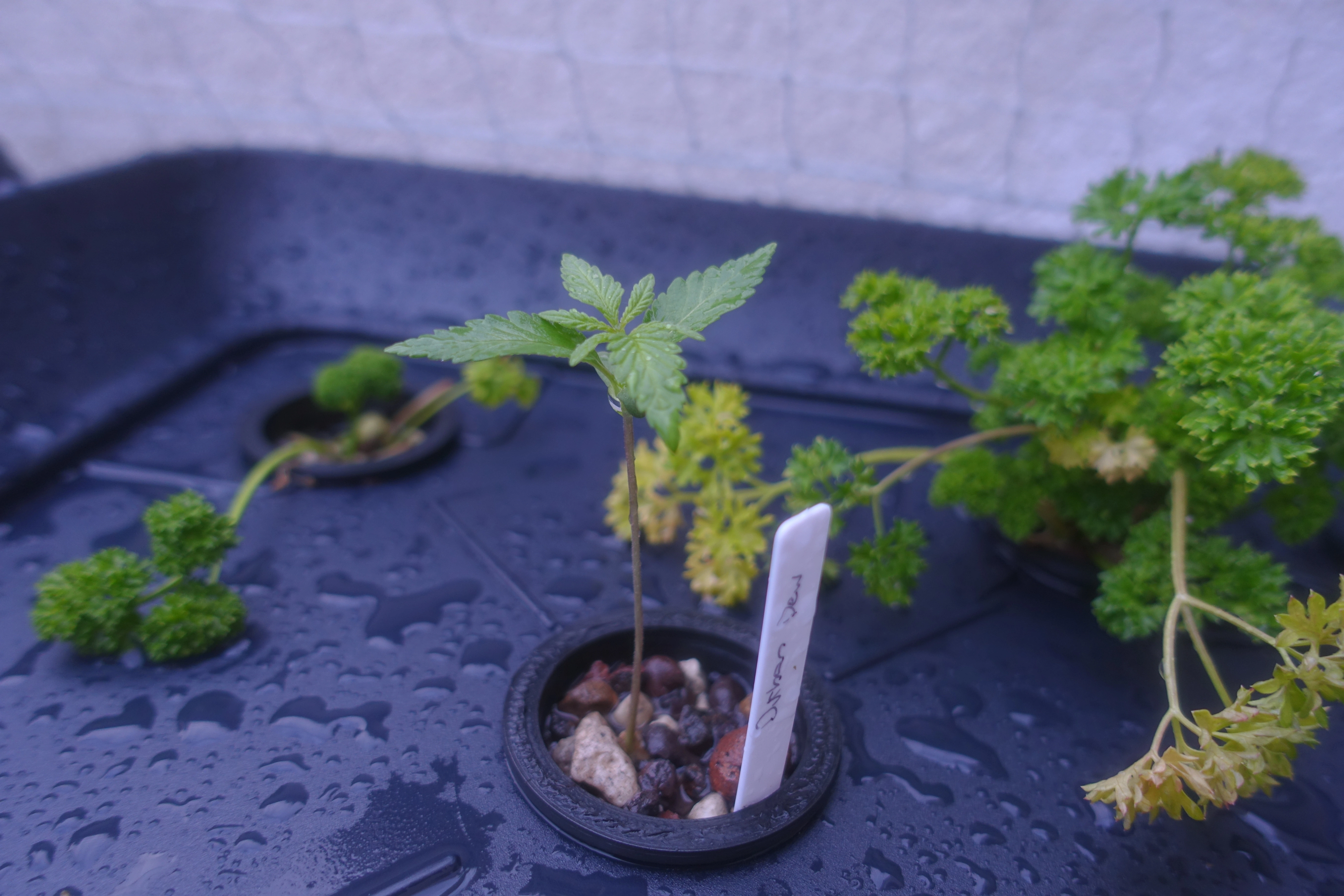 Gute Wurzelentwicklung für das Alter:
Gute Wurzelentwicklung für das Alter:













You won't need any additional driver, since, as you already said, it is already included in the kernel.
However, as owner of a RX6600, I can tell you that the GPU will be quite loud sometimes. I can recommend you to check out LACT, which let's you define fan curves, which makes it A LOT less noisy.